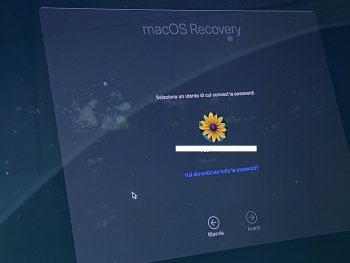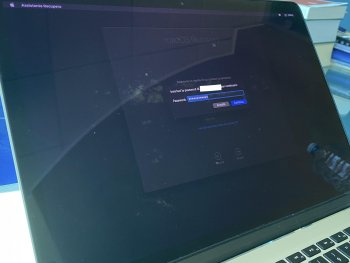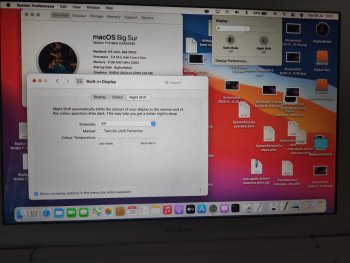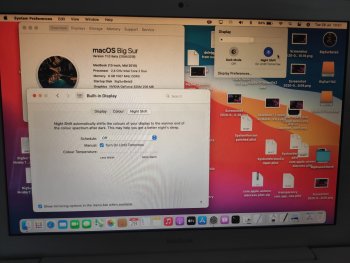I decided to give Hax3 a try. I went into the Source subdirectory, opened HaxWrapper.applescript in the Script Editor to have the line that launches the bundle as...
Code:
set libName to "HaxLib.dylib"
set targetBundle to "Install macOS Big Sur Beta.app"
to crash(message)
display dialog message with icon stop with title "Error" buttons {"Stop"} default button 1 cancel button 1
end crash
to warn(message)
display dialog message with icon caution with title "Warning" buttons {"Stop", "Continue"} default button 1 cancel button 1
end warn
do shell script "csrutil status"
if result does not contain "disabled" then
warn("SIP seems to be enabled.")
end if
set bootArgs to (do shell script "nvram boot-args")
if bootArgs does not contain "-no_compat_check" then
warn("-no_compat_check doesn't seem to be set.")
end if
if bootArgs does not contains "amfi_get_out_of_my_way" then
warn("amfi_get_out_of_my_way doesn't seem to be set.")
end if
try
do shell script "open -b " & targetBundle
on error
crash("Can't open the installer app.")
However, when I execute Build.tool and copy the resulting Hax3.app into the Applications directory along side the full installer for Beta 3 named "Install macOS Big Sur Beta", clicking on the Hex3 app produces an error "Can't open the installer app.". What am I missing here?
Update: It appears that using...
set targetBundle
to "Install\\ macOS\\ Big\\ Sur\\ Beta.app"
and
do shell script "open -a " & targetBundle
works. Still waiting for the install to complete to confirm the resulting volume is unsealed.







